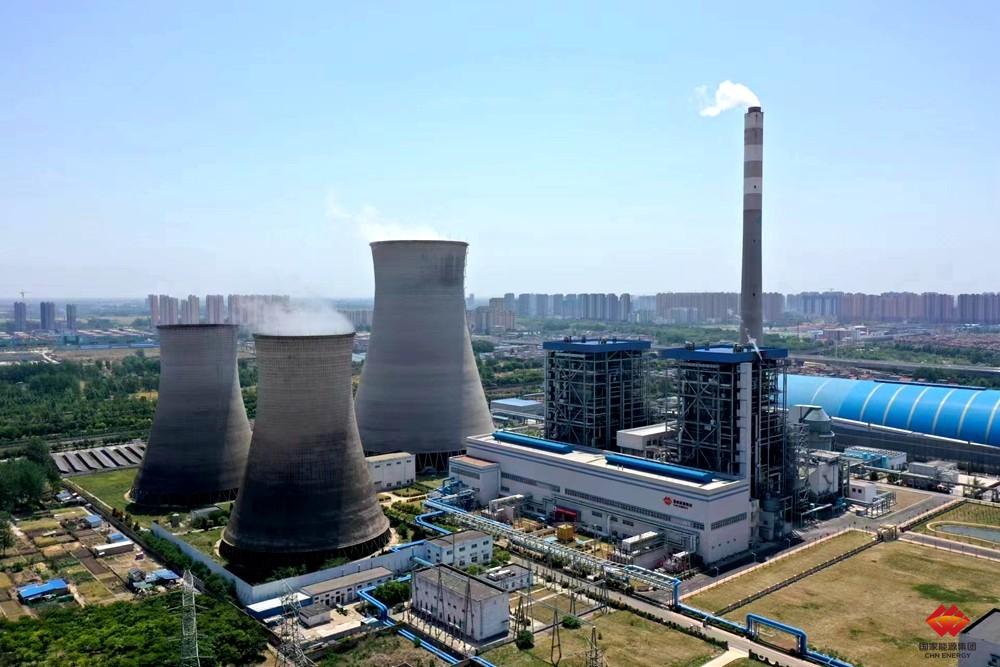China’s insatiable appetite for coal showed no signs of slowing down in 2023, with both domestic production and imports hitting record highs. This relentless demand paints a complex picture of the world’s second-largest economy, driven by a mix of factors.
Domestic Production Continues Upward Trend:
- Overall raw coal production by designated-size enterprises reached a staggering 4.66 billion tonnes in 2023, a 2.9% increase compared to the previous year.
- December alone saw 410 million tonnes produced, up 1.9% year-on-year.
Imports Skyrocket, Filling the Gap:
- China’s dependence on imported coal also surged in 2023, with a staggering 470 million tonnes brought in, representing a remarkable 61.8% growth compared to 2022.
Top Coal Giants Drive Production Growth:
- The top 10 coal companies in China were the key drivers of domestic production, churning out a combined 2.40 billion tonnes, a healthy 84.12 million tonnes more than the previous year.
- This translates to a significant 51.5% share of the total raw coal output by designated-size enterprises.
Individual Company Performances:
- National Energy Group led the pack with 616.65 million tonnes, achieving a modest 2.6% increase.
- Jinneng Holding Group followed closely with 437.47 million tonnes, up 5.9% year-on-year.
- Other major players like Shandong Energy Group, China Coal Group, and Shaanxi Coal Group also contributed significantly to the overall production growth.
Implications and the Road Ahead:
China’s continued reliance on coal raises questions about its long-term environmental goals and its commitment to cleaner energy sources. However, the robust domestic production and import surge highlight the current demand realities and the complex task of transitioning away from fossil fuels.
As China navigates this transition, understanding the individual performances of top coal companies and the factors driving their production choices will be crucial. Monitoring import trends and their impact on domestic production will also be key in deciphering the future of China’s coal consumption.









